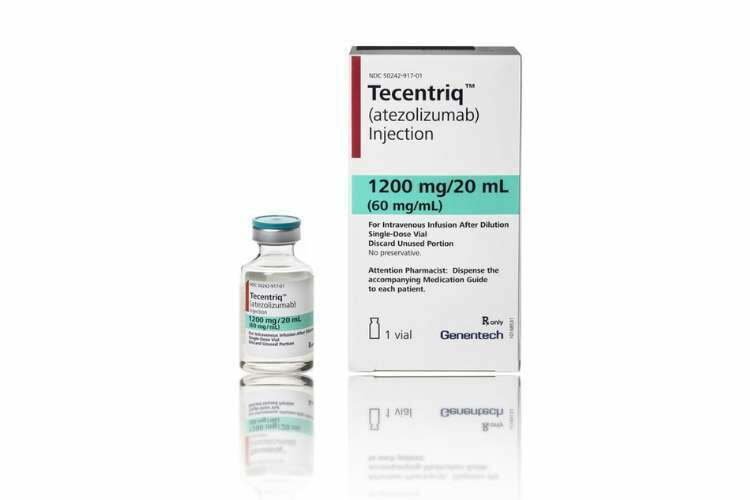Roche has proudly unveiled that Tecentriq SC (atezolizumab) has received the stamp of approval from the Medicines and Healthcare products Regulatory Agency (MHRA) in Great Britain. This remarkable stride signifies not only a milestone for Roche but also a promising advancement in cancer treatment that is set to reverberate across the National Health Service (NHS) England.
The heart of this breakthrough lies in the method of administration. Unlike its intravenous (IV) counterpart, Tecentriq SC is injected subcutaneously, discreetly nestled under the skin. What once took 30 to 60 minutes for IV infusion now gracefully unfolds within a mere seven minutes. This transformation in administration extends its reach to patients across Great Britain for a spectrum of indications, including lung, bladder, breast, and liver cancer, where Tecentriq IV had already proven its efficacy.
But what truly distinguishes this subcutaneous variant is the symphony of comfort it orchestrates for patients. The preference for subcutaneous administration over intravenous is not confined to a mere convenience. A chorus of studies in the oncology arena has repeatedly sung the praises of subcutaneous administration. For many, the allure lies in the realm of reduced discomfort, streamlined administration, and a curtailed treatment duration.
“Cancer immunotherapy has transformed the way we treat cancer. Giving Tecentriq subcutaneously now offers patients a faster and more flexible treatment option and can free up resources for healthcare systems, while maintaining its established safety profile. We are working with health authorities globally to bring this option to many more patients around the world.”
– Levi Garraway, M.D., Ph.D., Roche’s Chief Medical Officer and Head of Global Product Development
The rhythm of regulatory approval has resounded as a first worldwide for Tecentriq SC. This applause-worthy endorsement is rooted in the bedrock of evidence garnered from the pivotal Phase IB/III IMscin001 study. The study’s notes reverberated with echoes of promise as it revealed that subcutaneous administration led to comparable levels of Tecentriq in the bloodstream. More than just harmony in levels, the subcutaneous journey mirrored the safety and efficacy profile that the IV formulation had mastered. This marks a significant stride not only within the hospital corridors where the IMscin001 study unfolded but also in the possibility of out-of-hospital administration by skilled healthcare professionals.
As the dawn of this new chapter brightens the horizon, it’s not just Great Britain that stands to benefit. Northern Ireland awaits its turn for Tecentriq SC’s marketing authorisation application, currently under the watchful assessment of the European Medicines Agency (EMA). Simultaneously, evaluations by the discerning eyes of the US Food and Drug Administration (FDA) and other global health authorities continue to weave their narrative.
In an arena where every advancement is a chapter in the grand saga against cancer, Tecentriq SC stands as a verse that carries within it the notes of ease, empowerment, and the relentless pursuit of progress. It’s a testament to the symphony that science and compassion compose, crafting a brighter future for those navigating the challenges of cancer.





























